About Us | Blog | FAQs | Tips/Troubleshoot | Contact Us | Machine Manuals | Demo Videos
Unlocking Freshness: How Food Sealer Machines Revolutionize Your Storage Habits
In the rapidly evolving world of food preservation, the introduction of the food sealer machine has become a game changer for both consumers and food service professionals alike. According to a report by the Food Marketing Institute, approximately 40% of food waste in the United States occurs at the consumer level, largely due to improper storage methods. By utilizing a food sealer machine, users can significantly extend the shelf life of their groceries by reducing exposure to air, moisture, and bacterial growth. In fact, studies show that vacuum sealing can keep food fresh up to five times longer than traditional storage methods. This innovative technology not only helps in minimizing waste but also encourages more efficient meal planning and budgeting, reflecting a growing trend towards sustainable living. Embracing a food sealer machine is not just a choice; it's a step towards smarter, more responsible food storage habits.

Table of Contents
[Hide]
Understanding Food Sealer Machines and Their Mechanism
 Food sealer machines operate on the fundamental principle of removing air from packaging to extend the shelf life of various food items. By creating an airtight seal, these machines help prevent the oxidation process that leads to spoilage, maintaining the freshness and flavor of food. Understanding the mechanism behind food sealing is critical, as imperfections in the sealing process can lead to compromised integrity. Various factors, such as the type of heat seal materials used and the settings of the sealing machine, significantly influence the effectiveness of the seal, which in turn impacts food longevity.
Food sealer machines operate on the fundamental principle of removing air from packaging to extend the shelf life of various food items. By creating an airtight seal, these machines help prevent the oxidation process that leads to spoilage, maintaining the freshness and flavor of food. Understanding the mechanism behind food sealing is critical, as imperfections in the sealing process can lead to compromised integrity. Various factors, such as the type of heat seal materials used and the settings of the sealing machine, significantly influence the effectiveness of the seal, which in turn impacts food longevity.
Recent advancements in technology have enhanced the capabilities of food sealer machines. For instance, new models are equipped with improved heat sealing mechanisms that ensure a stronger, more reliable seal. This is particularly crucial for flexible food packaging, where the integrity of the seal can be affected by material properties and environmental conditions. As the market shifts towards more efficient and user-friendly vacuum sealers, understanding these mechanisms not only informs consumers but also paves the way for innovations that revolutionize food storage practices.
The Benefits of Using Food Sealers for Freshness and Longevity
Food sealers have transformed the way we store food, offering significant benefits that enhance freshness and prolong the shelf life of our favorite ingredients. By removing air from bags or containers, these machines effectively inhibit the growth of mold, bacteria, and freezer burn. This not only helps maintain the flavor, texture, and nutritional value of food but also enables consumers to make the most of their grocery purchases. With a surge in demand, the vacuum sealing machine market is projected to reach nearly USD 1.88 billion by 2035, growing at a steady pace as more people recognize the value of investing in food preservation technologies.
Among various options on the market, advancements in vacuum sealing technology are leading to more efficient and user-friendly models, catering to different household needs. In 2025, experts have conducted thorough evaluations of numerous sealers, showcasing how even lesser-known brands can outperform the competition in terms of reliability and performance. As we embrace these innovations, the role of food sealers in our cooking and storage habits has never been more essential, making it easier to enjoy fresh ingredients and reduce food waste in our daily lives.
Impact of Food Sealers on Food Freshness and Waste Reduction
Comparing Different Types of Food Sealers: Which One to Choose?
When it comes to preserving food, the type of food sealer can significantly influence both the quality of your storage and the lifespan of your items. The three primary types of food sealers—vacuum sealers, heat sealers, and handheld sealers—each offer unique benefits tailored to different needs. According to a recent market analysis by MarketsandMarkets, the global vacuum sealing market is projected to reach $3.16 billion by 2026, highlighting the growing preference for vacuum sealers among consumers seeking long-term food preservation. Vacuum sealers create an airtight seal, effectively removing air and moisture that can cause spoilage, making them ideal for sous-vide cooking and bulk storage.
On the other hand, heat sealers provide a more versatile solution for packaging products beyond food, accommodating various materials. A study by ResearchAndMarkets indicates that the heat sealing technology market is set to expand at a CAGR of 5.2% in the coming years, largely due to the retail industry's need for robust packaging solutions that ensure product integrity. Handheld sealers, while less powerful than their vacuum counterparts, offer convenience and are perfect for quick jobs, ideal for leftovers.
The choice of sealer ultimately depends on individual needs: for long-term storage, vacuum sealers are the frontrunners, while heat sealers excel in versatility and quick applications.
Practical Tips for Maximizing Your Food Sealer's Efficiency
Using a food sealer machine can significantly enhance your food storage practices, allowing you to save money and reduce waste. According to a report by the Food Waste Reduction Alliance, approximately 30-40% of the food supply in the United States is wasted. By utilizing a food sealer, you can extend the shelf life of perishable items by up to five times, which helps in tackling this issue effectively.
To maximize your food sealer's efficiency, consider the following tips:
First, ensure that your food is properly cooled before sealing. Sealing warm food can create condensation inside the bag, leading to spoilage. Additionally, always pre-freeze items like berries or wet foods before sealing to prevent crushing. This also helps in creating a better vacuum seal.
Second, use the right type of bags. Not all plastic bags are created equal; look for those specifically designed for vacuum sealing, as they are thicker and more durable, providing better protection against freezer burn. A Nielsen report indicates that consumers who use vacuum sealers save 50% more food compared to those who don’t, highlighting the importance of proper materials and techniques.
Implementing these strategies will not only enhance the performance of your food sealer but also contribute to maintaining food freshness and reducing waste in your household.
Unlocking Freshness: How Food Sealer Machines Revolutionize Your Storage Habits
| Food Item | Storage Time (Vacuum Sealed) | Storage Time (Non-Sealed) | Maximized Freshness Tips |
|---|---|---|---|
| Meat (Beef) | 2-3 years | 6 months | Use proper bag size and ensure no air is left before sealing. |
| Fruits (Berries) | 1-2 years | 3-6 months | Wash and dry thoroughly prior to sealing to prevent mold. |
| Vegetables (Broccoli) | 1-2 years | 8-12 months | Blanch before sealing for better texture and color retention. |
| Cheese | 6-12 months | 3-6 weeks | Wrap in parchment paper first before vacuum sealing to allow for aging. |
| Nuts | 1-2 years | 3-6 months | Store in a cool place; avoid exposing to light before sealing. |
Creative Ways to Use Food Sealers Beyond Food Preservation
Food sealer machines have become a versatile tool in modern kitchens, serving purposes beyond mere food preservation. One such creative use is in organizing household items. By sealing seasonal clothing or delicate fabrics in airtight bags, you can save space and keep them protected from dust and moisture. Similarly, sealing crafting supplies or holiday decorations not only maximizes storage but also prolongs their life, making them readily accessible when needed.
Another innovative application of food sealers lies in meal prepping. Instead of sealing just raw ingredients, home cooks can portion out entire meals in advance. This practice facilitates a healthier lifestyle by enabling you to grab a meal from the freezer, knowing it has been preserved without additives. Additionally, food sealers are perfect for sous vide cooking, allowing you to vacuum seal meats and vegetables before immersing them in water for a perfectly cooked dish with enhanced flavors and textures.
With these creative uses, food sealers have truly revolutionized our storage habits, blending practicality with culinary creativity.

Related Posts
-
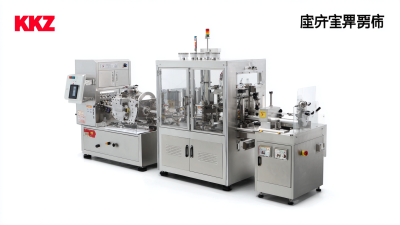
Unmatched Quality in Global Markets with the Best Food Packaging Sealing Machine from China
-
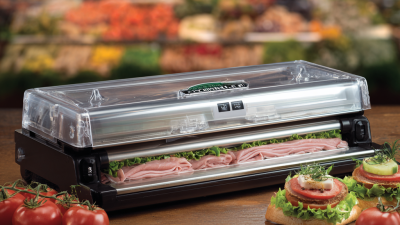
How to Choose the Best Commercial Food Sealer for Your Business Needs
-
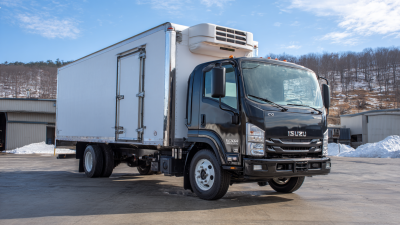
Navigating Import Export Certifications for the Best Cryovac Machine Choices Worldwide
-

5 Essential Tips for Maximizing the Efficiency of Your Cryovac Machine
-
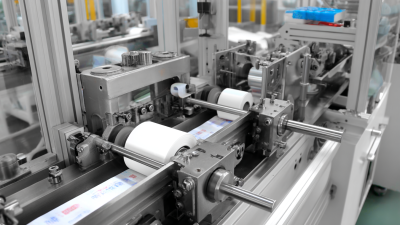
How to Choose the Right Bag Sealer Machine for Your Packaging Needs
-
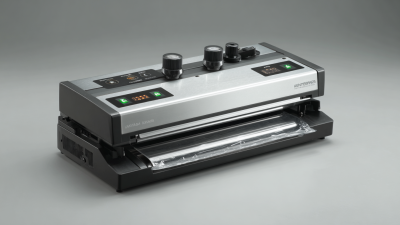
Ultimate Guide to Choosing the Best Industrial Vacuum Sealer Machine for Your Business

